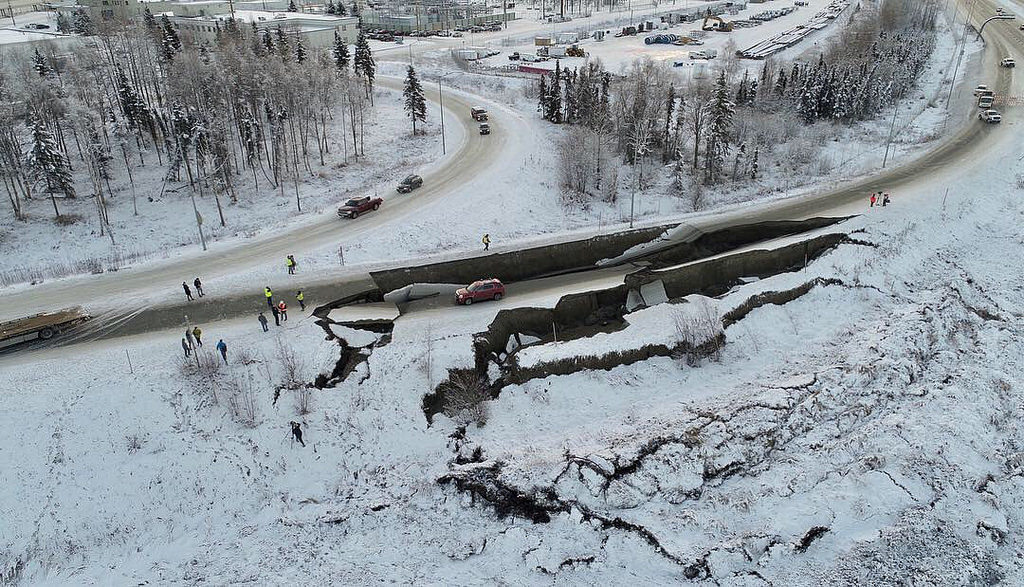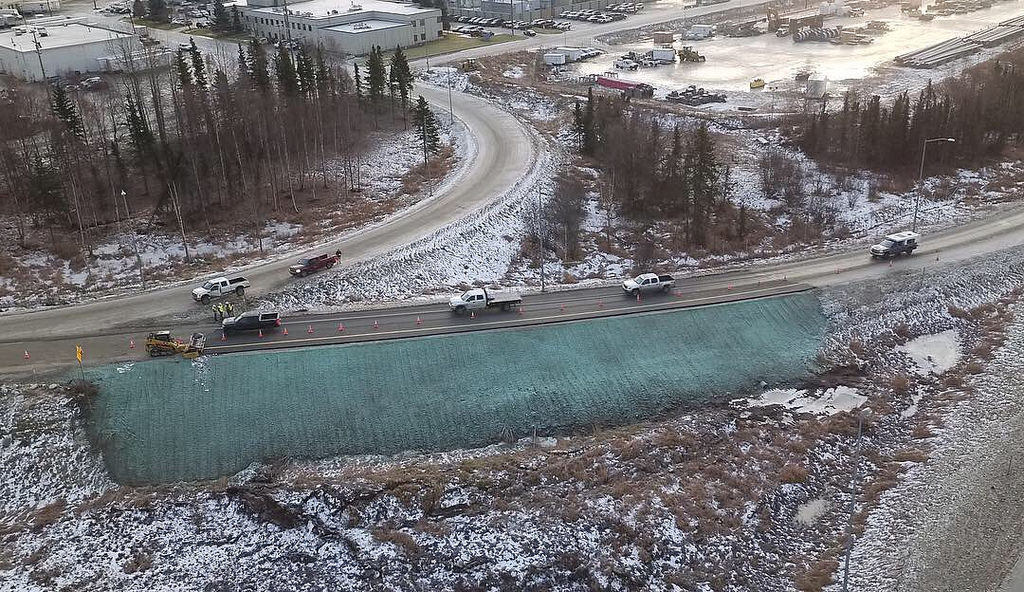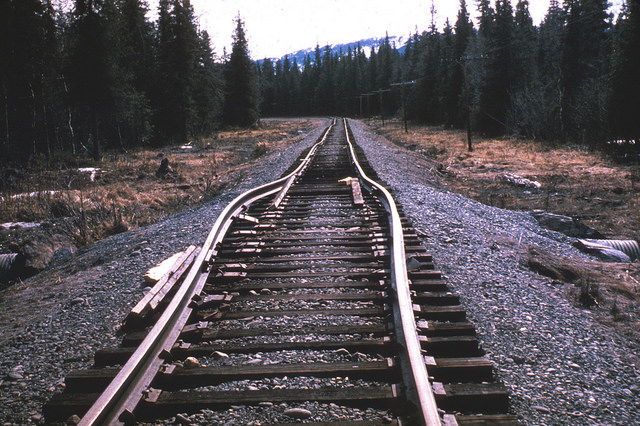I received quite a few questions about the earthquake that hit Anchorage late last month and I thought it might just be easier to let you all know how we fared during the earthquake.
We’re fine. We didn’t know we had an earthquake until our phones started buzzing from the Emergency Broadcast System. There wasn’t an immediate emergency notice on the radio like we would if we were back in the Cleveland area and were under a tornado warning.
I was driving the boys to school when the earthquake hit so I think that’s why we didn’t feel anything. When I got home, I checked the house over but I honestly couldn’t see anything was disturbed. I have two plants that sit on a windowsill and I thought if anything, those would’ve been knocked over but they were fine.
Resilient. Prepared.
Our community is pretty on top of things. When the tsunami warning was issued after the earthquake, the schools that sit below the business district were all evacuated to the high school along with local businesses. Because we are a coastal area, it’s pretty common to issue a tsunami warning when an earthquake of that size happens (this one had a 7.0 magnitude). The warnings were issued, schools and people evacuated to higher elevation and I went home. My thought was if something would happen, the kids would be the safest together at school. Thankfully, my husband agreed.
Location wise, we are about four hours south of where the earthquake hit and did the most damage. A quick search on Google can give you some great real time information. If you Google Alaska Earthquake, not only will you get the most recent information but you will also be able to see recent earthquake reports from The Alaska Earthquake Center.

Sometimes the smaller magnitude ones are felt more than the big shaker we just had. We felt a couple of small rumbles in October, early November. Those are the kinds I prefer, when I get to I say, “Oooh did you feel that?” to the dog or the kids. In January we experienced a 7.9 earthquake that we definitely felt but did no damage to our house. The January before we also had a big shaker but again, no damage. Some businesses had a bit of damage to them in both of those instances but not like Anchorage experienced last month.

I’m not an earthquake expert but I think a lot has to do with where one hits and how strong it is, when it comes to who feels it.
Every Season is Earthquake season.
Some people believe that there is a certain season when earthquakes are more likely. I don’t have a ton of history yet here in Alaska so it definitely seems like Ol’ Mother Nature likes to shake the ground in the fall and winter more than she does any other time of the year. However, I know that’s not true. I remember being at the newspaper in the summer and feeling some pretty good ones that knocked out our internet and caused the computers to reset. Mother Nature cares not what season it is when she gives a little shake up.
I think in terms of natural disasters, earthquakes might be my least favorite. (So far. I’m not exactly looking to chase down hurricanes, tsunamis, or tornadoes). I think it’s important to know what to do in an earthquake. I know I wasn’t prepared when we felt our first one here in Alaska but I know it won’t be our last so it’s better to know what to do rather than freak out (as I may be prone to do). Even if I do freak out a bit, it’s better to have the information than not have it.
For anyone looking to vacation, visit, or live here, the American Red Cross of Alaska offers these tips:
Earthquakes:
- Remember: Drop, cover and hold.
- If you are inside when the shaking starts, drop, cover and hold onto something sturdy.
- Stay indoors until the shaking stops and you are sure it is safe to exit.
- Download the Red Cross Earthquake app to learn more and get information about building an emergency kit. The free Emergency App is available in app stores for smartphones and tablets by searching for the American Red Cross or by going to redcross.org/apps.
Tsunamis:
- Find out if your home, school, workplace or other frequently visited locations are in tsunami hazard areas.
- If you are in a coastal area and feel an earthquake that lasts 20 seconds or longer:
- Drop, cover and hold on. You should first protect yourself from the earthquake.
- When the shaking stops, gather members of your household and move quickly to higher ground away from the coast. A tsunami may be coming within minutes.
- What do I do after a tsunami?
- Continue using a NOAA Weather Radio or tuning to a Coast Guard station or a local radio or television station for the latest updates.

Somewhere in my long, non earthquake life, I learned to stand in a doorway when one hits. This is no longer safe and is really only relevant if you live in some kind of structure that is an unreinforced building (think brick, maybe a mud hut, or yurt).
You might think we were pretty safe because we were in the car and didn’t feel anything. Yeah that’s not true either. I don’t know if you never feel an earthquake if you’re in a car but the idea of the road cracking beneath you and swallowing you up doesn’t exactly scream safety to me.
I don’t know if I will ever be completely used to the earthquakes here. I do know one thing for certain; my teenage dream of moving to California are definitely good and gone now.


Leave a Reply